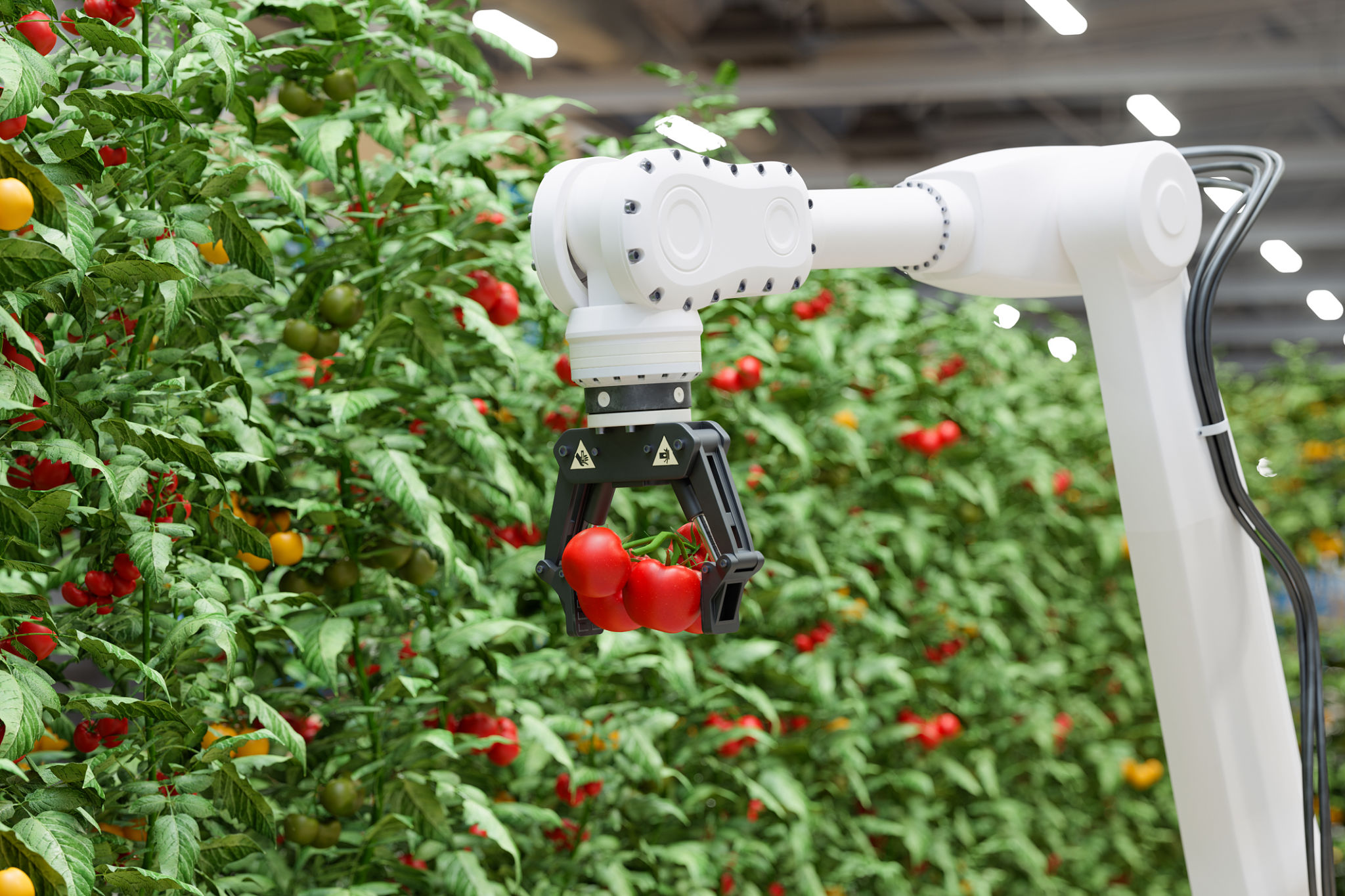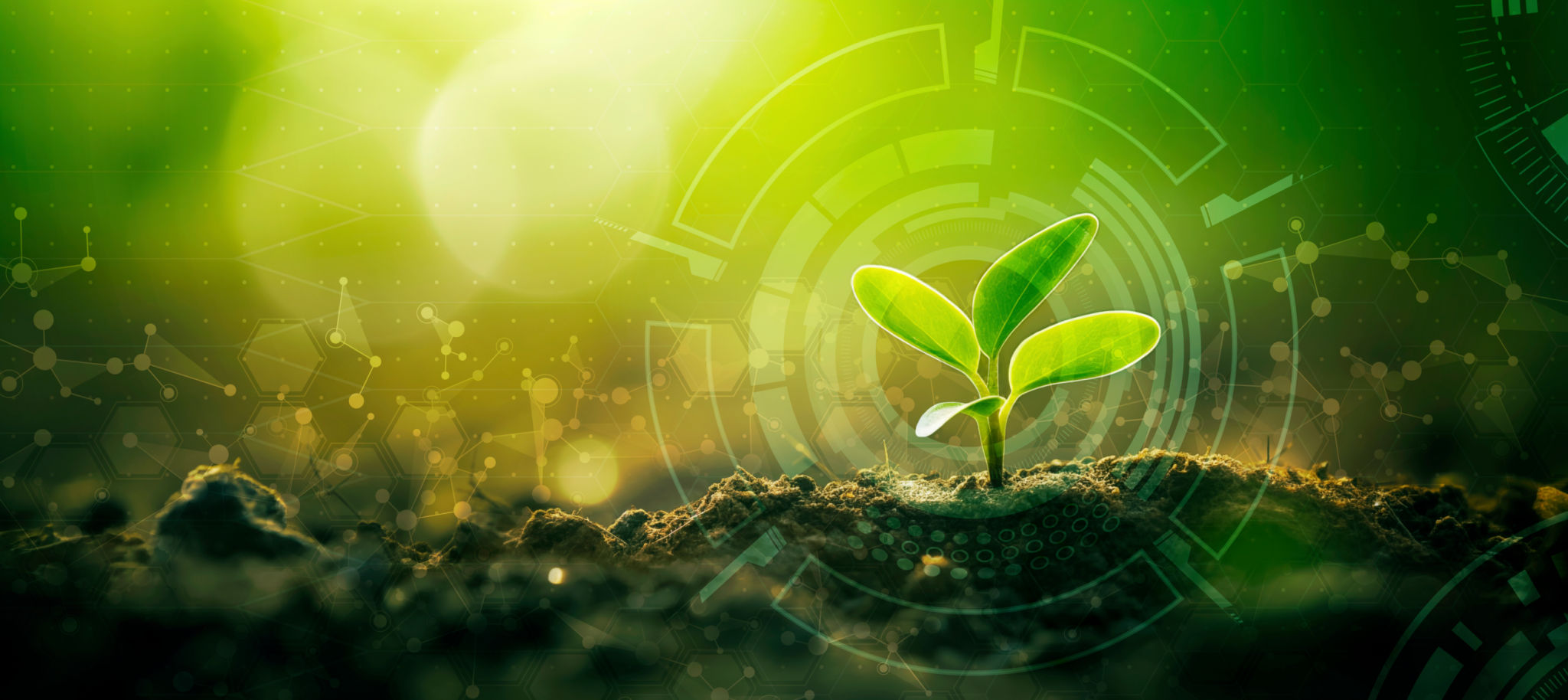How Robotics Can Improve Farm Productivity: Expert Insights
Introduction to Robotics in Agriculture
In recent years, the agricultural sector has witnessed a technological revolution with the introduction of robotics. These innovations are transforming traditional farming methods, allowing for increased efficiency and productivity. As the world faces challenges like climate change and a growing population, the need for smarter farming solutions has never been more critical. Experts believe that robotics could be the key to meeting these challenges head-on.

The Role of Robotics in Enhancing Efficiency
Robotics in agriculture can significantly enhance operational efficiency. Automated machines can perform repetitive tasks such as planting, watering, and harvesting with precision and speed that far surpass human capability. This efficiency not only reduces labor costs but also minimizes waste and maximizes yield. By taking over mundane tasks, robots free up human workers to focus on more strategic activities that require critical thinking and problem-solving skills.
Precision Agriculture
One of the most significant advantages of agricultural robotics is the ability to implement precision agriculture. This approach involves using data-driven insights to optimize field-level management concerning crop farming. Robots equipped with sensors and GPS technology can gather real-time data about soil conditions, crop health, and weather patterns. This information allows farmers to make informed decisions about resource allocation, ensuring that crops receive exactly what they need for optimal growth.

Innovative Robotic Technologies
Several robotic technologies are making waves in the agricultural sector. For instance, autonomous tractors and drones are increasingly being used for tasks such as plowing, seeding, and crop monitoring. These machines operate with minimal human intervention and can cover vast areas in a fraction of the time it would take traditional methods.
Robotic Harvesters
Harvesting is one of the most labor-intensive processes in farming. Robotic harvesters are now capable of picking fruits and vegetables with care and precision, reducing damage to produce. These robots use advanced vision systems to identify ripe produce, ensuring that only the best quality items are harvested.

Challenges and Considerations
Despite the promising benefits, integrating robotics into agriculture comes with challenges. High initial costs can be a barrier for smaller farms. Moreover, there is a learning curve associated with operating and maintaining these advanced machines. Farmers need adequate training and support to transition to robotic farming successfully.
Environmental Impact
While robotics can lead to more sustainable farming practices by reducing chemical usage and optimizing resource allocation, there is also a need to consider the environmental impact of producing and disposing of these machines. It is crucial for manufacturers to focus on creating eco-friendly robots to ensure a positive long-term impact on the environment.
The Future of Robotics in Agriculture
The future looks bright for robotics in agriculture. As technology continues to advance, we can expect even more sophisticated machines that will further revolutionize farming practices. Experts predict that with continuous innovation, robotics will play an integral role in achieving global food security and sustainable agriculture.

In conclusion, robotics offers a promising pathway to enhancing farm productivity and sustainability. By embracing these technologies, farmers can look forward to not only improving their yields but also contributing to a more sustainable future for agriculture worldwide.